Hiby X Faudio Project Ace HIFI IEMs – Rubik’s Cube Of Music Desire
Hiby x FAudio Project Ace is a $249 USD pair of IEMs or In-Ear Monitors, using 12mm dynamic drivers, Beryllium plated diaphragm, and an impedance of 32 OHMs, the focus of our review today. Given the price point, we will compare Project Ace with multiple other IEMs, from the same price range, including ZiiGaat Cincotres (269 USD), Simgot EA1000 Fermat (219 USD), and Kiwi Ears Quintet (219 USD).
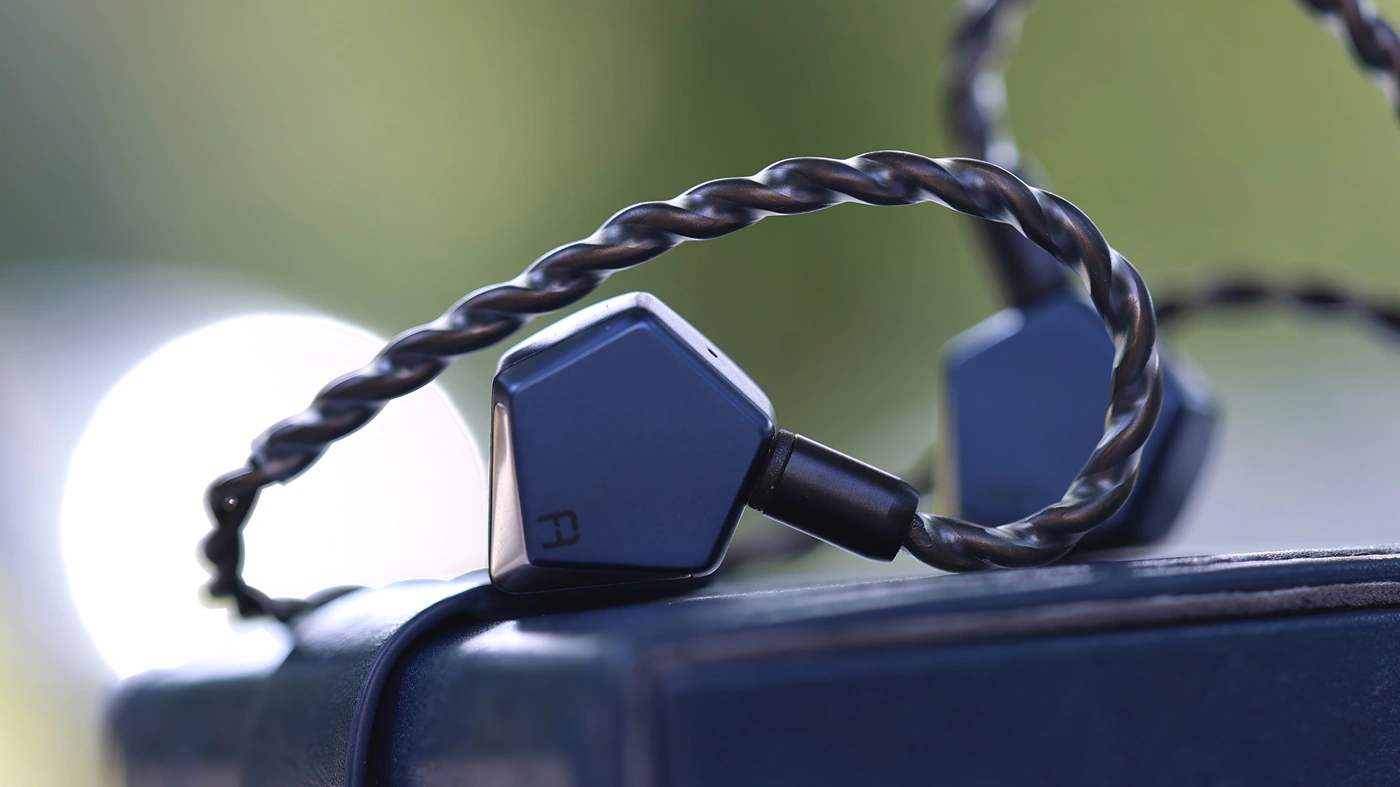
Introduction
Hiby Audio is best known for their operating system, firmware and software made for audio companies and their own high-end line of DAPs. While they don’t make a lot of IEMs, Project Ace is made in partnership with FAudio, and it comes with a 12mm Dynamic Driver, so today we will see how a midrange priced earphone from Hiby sounds like. As an Amazon Influencer, I earn from qualifying purchases, and using the purchase links in my reviews helps me maintain this website and Youtube Channel. Huge thanks to Hiby for providing us with the sample for this review.

PROs – Rich package with lots of accessories including a high-end cable, beautiful design, detailed and clean sound, warm and lush midrange, with true-to-life timbre for both male and female voices.
Cons – Fitting is off, large and heavy, sound changes a lot with the volume.
Product Link
Hiby Store – https://store.hiby.com/products/hiby-x-faudio-project-ace
Build Quality/Aesthetics/Fit/Comfort
There is enough marketing material available from Hiby that we know Project Ace is a promising IEM, and they name it a “Moving Melody In The Quiet Night”. The idea behind Project Ace has been to create a perfect pentagon between the 5 aspects of sound typically employed by measurement / reviews websites, which would measure Musicality, Sound quality, Balance, dynamics and Sound Field or Soundstage. While we employ a slightly different approach to what matters, it is a good idea to know what you’re going for when designing a pair of IEMs.

Starting with the heart of the machine, we have a 12mm dynamic driver at the center of the Project Ace. The diaphragm is plated with Beryllium and a Magnesium alloy dome speaker inside the membrane. FAudio and Hiby employed a special TBAC or Triple Built-In Acoustic Chamber for the dynamic driver, which basically refers to how the driver has a little chamber behind it with a resonance output, separating this construction from the aluminum shell of the IEM, and there’s a special designed acoustic chamber in front of the driver to equalize the pressure and create the sound you’re hearing with Project Ace.

The Frequency Response posted on the Hiby website looks very even , except for a treble roll-off above 12 kHz, which we will have to hear for ourselves if it is present, or if this is just the limitation of the measuring equipment. Hiby and Project Ace promises a comfortable and ergonomic design, with a special T6063 aluminum alloy for the shell, this special alloy having been chosen for its high strength, plasticity and anti corrosion characteristics. Passive noise isolation is very low, 5dB – 10 dB and you need to drown out background noise with higher volume levels. The cable of the Project Ace is a Litz Type5 coaxial braided cable, with an inside-out triple material and construction. The cable is also modular, and it has 8-Core with low internal resistance, being a copper-silver blended cable. Inside the package you will receive a 3.5mm single ended plug, and a 4.4mm balanced plug, with a 4 Pin-Lock adapter system. There is an optional USB Type-C plug that is an active DAC/AMP, with up to 32 Bit and 384 kHz data rate, but it is an optional accessory and not part of the default package of the Project Ace. At the IEM side, the cable is detachable, and based on the 2-Pin connector.
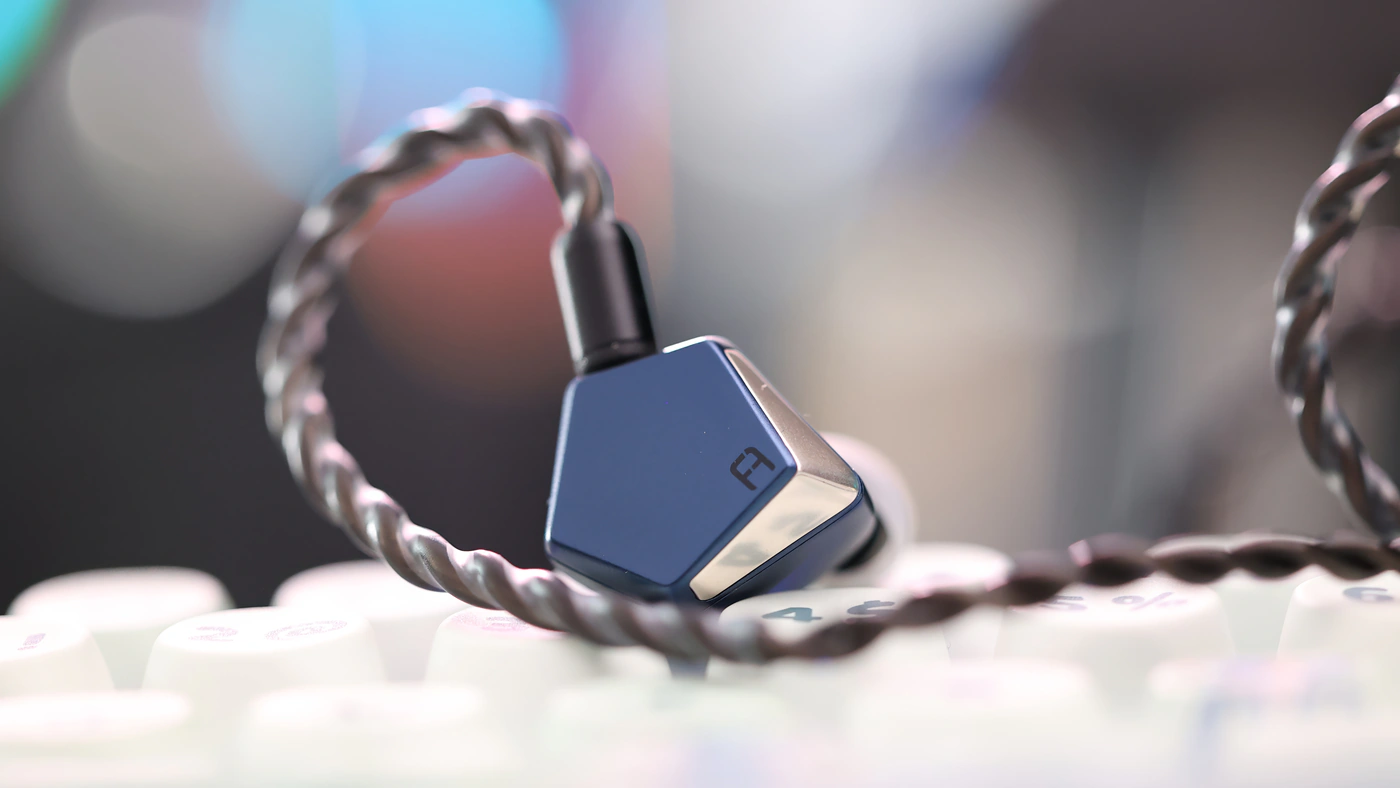
Hiby bundles the Project Ace with Memory Foam and Single Flange Silicone Eartips, for the best comfort, but I found that ddHIFI ST-35 offers a better comfort for my ear canals, and I used them in my testing a bit more. As I am a reviewer, it is very easy for my ears to get fatigued from replacing silicone tips often, but Hiby’s blend is high quality, with a good comfort, I just avoid replacing the eartips often to avoid ear irritation from being in contact with multiple silicone types. In theory, Project Ace is easy to drive, having a high SPL of 115 dB, and a medium impedance of 32 OHMs, which should allow it to be free from hissing and background noise with most sources. My subjective comfort is average, the sonic tubes / bores are long and would theoretically try to go for deep insertion, but the size is too wide for it, so I end up with the Project Ace sticking far out of my ears, where the weight of the IEM pulls them down, and the cable also does not sit securely around my ears. I can somewhat alleviate the issue by wearing Project Ace with the cable pointed at my front, instead of upwards, but even so, they are rather heavy and the fitting is not secure enough for running or jogging. Someone with larger ears and larger ear canals will have no issues, but with my medium ears and medium ear canals, they feel large.

In actual testing, I have paired the Project Ace with a multitude of sources, including iBasso DX320 MAX Ti, iBasso D16, Dethonray Listening M1, ddHIFI TC35 PRO Eye2, Musician Pegasus R2R DAC driving a HIFIMAN Prelude Amplifier, Kaei TAP-1 DACs, Shanling Onix Alpha Xi1 DAC AMP, Hiby R4 Music Player, Hiby R6 III DAP, iFi Zen DAC 3, and Burson PlayMate2 running Vivid V7 PRO OP-AMPs. Generally speaking, Project Ace is slightly sensitive to source noise and will reveal if a source has a high output impedance, or if a source is generally noisy, but they do not scale a lot with the source, so investing in a source is not needed. This means that midrange sources with good control and low distortion are best for Project Ace, including
Sound Quality
Overall Signature – Project Ace is an IEM that sounds fairly natural, slightly V-Shaped, with a nice impact and kick to the drums and sub-bass, natural, and focused midrange, and an extended, but relaxed treble that never is too much, but has a bit of grain and texture to it. Midrange is slightly warm and thick, with a good sense of substance, but presentation which is also fairly intimate, so depth is not a focus here, but the amount of warmth and substance in music. Overall, it is a versatile tuning that works best with slower music, like rock, metal and pop, although it can work well with faster music, if you like the more laid back and relaxed treble. The tuning changes a lot with volume, so Project Ace is best listened to at medium and high volumes for the best experience, as they can sound very flat at low and very low volumes. The treble roll-off presented in the Hiby graphics sure happens and is noticeable, as although the treble exists, it rolls off in presence heavily above 12 kHz, with no significant peak before the roll-off. The roll-off is around 20 dB compared to the rest of the sound, and the maximum peak in the treble is 3 dB higher than the midrange, so for most people the treble will be relaxed, audible, but not very strong.

Bass – Starting with a present, and well extended sub-bass, Project Ace can render bass as low as 30 Hz, with a sharp roll-off in strength and punch below this level. Although this is not present on the Hiby official graphs, fitting and seal plays a strong role in the sub-bass extension and energy. Most of the bass impact is around 50 Hz, and it is far more present at high and medium volumes, the bass becoming really flat and a straight linear one at low volumes. You can add a lot of bass with no distortion, and Project Ace will render it if the song really asks for it, but in rock, metal and acoustic music, bass is kept at a minimum quantity, maximum control, with a policy for speed, adding quite a bit of texture and over-detail to it. This can make the bass feel grainy, but also reveals a lot of information in music.
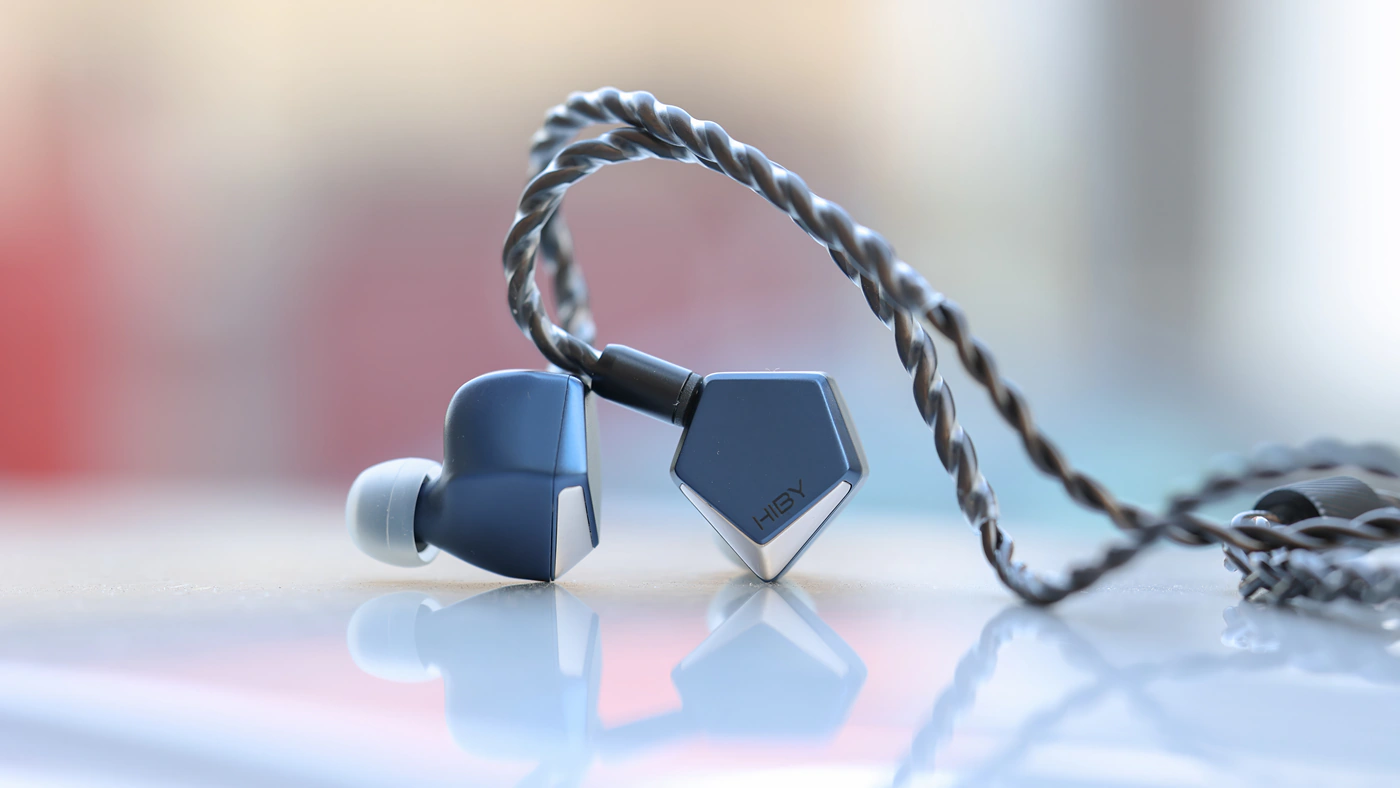
Midrange – The mid is thick, warm and smooth, with a full presentation, musical take on both male and female voices, high substance levels and a pleasing, lush overall presentation. The midrange tends to be fairly intimate in depth, but extends a bit in width, offering a strong imaging and stereo separation. There is very little coloration, the tonality is natural, and while detail is not the focus of the presentation with Project Ace, detail and resolution is strong, as the impulse response is on the quick side, and the driver reacts nicely fast, revealing a lot of information in my music, including a good separation between the forward and background layers.

Treble – Treble has a good presence up to 12 kHz, after which it rolls off sharply, and by 13 kHz having almost 20 dB of negative difference relative to the midrange and the bass. Generally, the treble is on the relaxed and softer side, thanks to this strong roll-off, but it can sometimes become a bit more energetic, especially with high volumes, or when Project Ace is playing rock and metal songs. Generally, if you want to hear a strong treble, you need to play songs from an album that has insanely loud treble, like Sirenia’s An Elixir For Existence, or Infant Annihilator’s 1st Album. At medium and especially loud and very loud volumes, the treble gets much stronger, more forward and has more energy. As Project Ace has a tuning that changes drastically with volume, you’re likely to like them at one of the volume levels, just make sure you buy them expecting to get a flat and soft sound at low volumes, and a punchy and V-Shaped, vivid sound at high volumes.
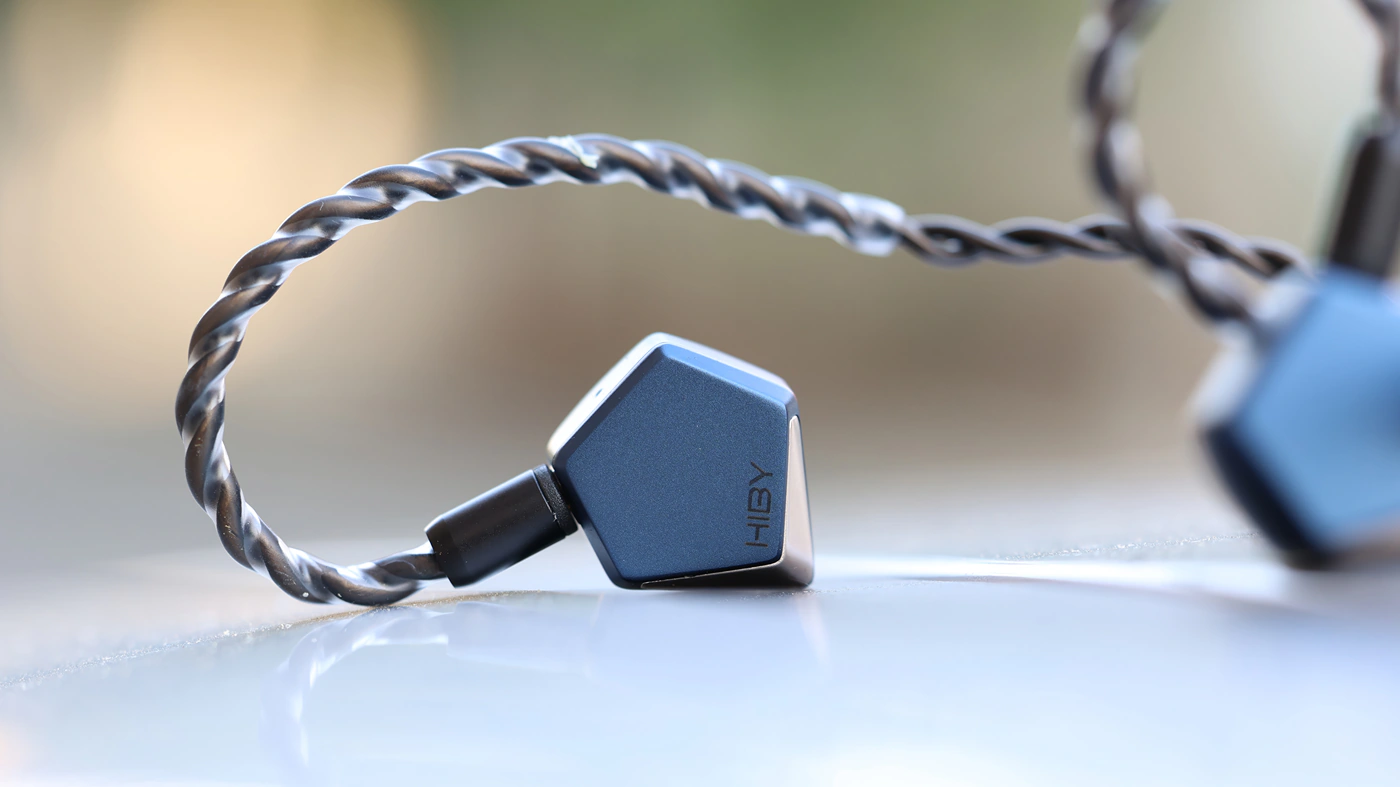
Dynamics / PRaT / Textures – We have a medium dynamic compression at all volumes, quiet sounds are brought forward, to make them easier to hear and understand, and this sacrifices micro details a bit, but the driver is capable of reproducing very fast impulse responses, creating a sound that is really detailed, but which compresses details to be easy to hear. While not sounding directly too loud or loud, Project Ace generally works best at high volumes for dynamics too, as at higher volumes, the dynamics are stronger, quiet sounds remain a bit quieter while loud sounds become louder, creating more dynamic range. This effect is present across all sources I tested Project Ace with, so it is an effect of the IEMS, not of the source.

Volume Control – While control at high volumes is excellent, the sound changes drastically between volume levels, at low volumes the sound being wide, but really flat, with a linear bass, linear midrange and fairly linear treble too, basically a flat and relaxed sound without a lot of energy. At medium and high volumes, the sound truly shines, becoming far more vivid, punchier and gaining both resolution and impact. Generally, Project Ace is made to sound best at medium and high volumes, it is an IEM you purchase to have a blast. I find the raw energy and experience to be really engaging at loud volumes, but the sound really flat and relaxed at low volumes.

Soundstage – The soundstage of the Project Ace is wide, but not very deep. Regardless of the volume, the sound never has a lot of bass, and this results in a fair layering and instrument separation, all music being projected nicely in the lateral plane, but with a medium depth. Project Ace will impress with rock and metal, and the sound can be rather intimate for the most part, Ace brings guitars, drums and cymbals close to you, highlighting detail, resolution, and making macro detail really easy to hear and understand.
Comparisons
Hiby x FAudio Project Ace vs ZiiGaat Cincotres (249 USD vs 269 USD)
Build – Cincotres has a more ergonomic body, and they sit better in my ears, having lighter and smaller shells, while Project Ace is heavier, larger, but has the advantage of feeling better built, and like it would drive much harsher usage. Passive noise isolation is much stronger on Cincotres, and they cut you out from the outside noise, but they are more sensitive to source noise too, scaling more with the source. In this aspect, Project Ace is designed to work well with a wide selection of sources, keep distortions low and high performance with most sources. Cincotres is better if you have smaller ears, but the premium package and premium cable, as well as the premium transport case of Project Ace makes it feel much more high-end.

Sound – Sonically, Cincotres is more neutral, more precise and reveals more details, more information, while having a more neutral, to the point of ever so slightly clinical sound, especially in stark contrast to the warmer, more romantic sounding Project Ace. Project Ace is a bit more intimate, but has a smoother, more relaxed sounding treble, better control of fatiguing elements, smoother textures, and a sonically more pleasing sound, while Cincotres has a more studio sound, better precision, and actually higher separation and overall Cincotres is cold and precise, while Project Ace is slowly becoming a favorite warm and relaxed sounding IEMs.

Hiby x FAudio Project Ace vs Simgot EA1000 Fermat (249 USD vs 219 USD)
Build – EA1000 Fermat has a similar level of passive noise isolation as Project Ace, which is almost none. This being said, EA1000 Fermat is fully open, and will sound quite open, while Project Ace looks closed-back and just does not offer a strong passive noise isolation. Both IEMs are on the larger side, and made of metal, but Project Ace would theoretically be a deep-insertion IEM that does not have enough space inside of my ears, while EA1000 Fermat is designed around a shallow insertion, and ends up being more comfortable. The package is premium for both IEMS, including high-end transport cases and high quality cables. EA1000 Fermat is harder to drive but less sensitive to source noise.
Sound – Sonically, Project Ace is far more precise, keeps better control and more instrument / layer definition, plus a much better separation than EA1000 Fermat. This being said, EA1000 Fermat has less dynamic compression and a higher dynamic range, less detail and resolution, but a wider soundstage that sounds more airy. Both IEMs are impressive in their own right, EA1000 Fermat sounds like speakers playing in an open field or acoustically treated room, while Project Ace sounds sweet and intimate, softer and smoother, fuller and more lush.
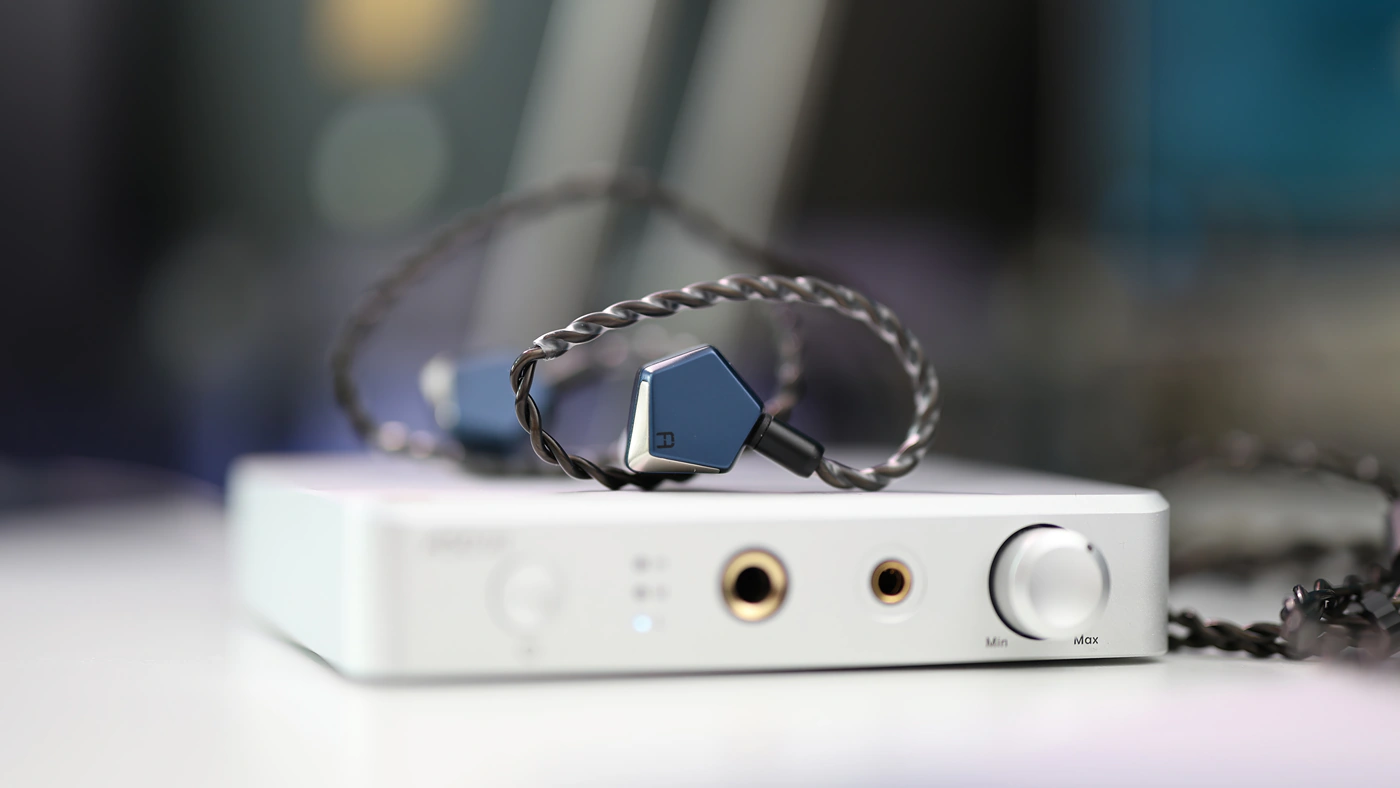
Hiby x FAudio Project Ace vs Kiwi Ears Quintet (249 USD vs 219 USD)
Build – Quintet is great for ergonomics and fitting, and they achieve a better design for a deeper fitting IEM, having a thinner tube that goes inside of your ears, while Project Ace has a wide tube that does not have enough space in my ears. Quintet is much lighter, having most of the body made of resin, while Project Ace is made of metal and feels much heavier. The cable of Project ace is of a much better quality, and so is the high-end transport case. Project Ace looks better in person, and Quintet looks downright cheap in contrast. Quintet is more sensitive to source noise, easier to drive, and will show source quality a bit more than Project ace. In this aspect, project ace is better as it says consistent with a wider selection of sources.
Sound – Sonically, Project Ace is more natural, warmer, wider and a bit deeper sounding, with a more natural voicing for both male and female voices. Project Ace sounds fairly detailed and natural, while Quintet sounds detailed but a bit unnatural in comparison. Both IEMs have a good resolution, but Qunitnet is brighter, a bit more fatiguing, and sounds more dry, while Project Ace sounds warmer, fuller and more lush.
Value and Conclusion
Although Project Ace is not an exclusive Hiby Project, and FAudio pulled most of the heavy work, I have to commend the two companies for offering Project Ace at such a good pricing for the package, and feature selection, sonic quality and ultimately an excellent experience for a product that equally looks as good as it sounds.

At the end of the day, if you’re looking for a warmish midrange, good extension in the treble, but a relaxed, fatigue-free sound and a wide soundstage with good resolution, Hiby and FAudio provides a good package and high-quality cables too with their Project Ace IEMs.
Product Link
Hiby Store – https://store.hiby.com/products/hiby-x-faudio-project-ace
--- Please remember to stay safe, and always have fun while listening to music!---
- If you have a dime to spare, please donate, and help us! It would make the day brighter for me and my wife-
Full Playlist used for this review
We listened to more songs than those named in this playlist, but those are excellent for identifying a sonic signature. I recommend trying most of the songs from this playlist, especially if you’re searching for new music! The playlists are different for Spotify, Tidal and Youtube, and based on the songs I enjoy and are available on each!
https://www.youtube.com/playlist?list=PL_cjBXGmwSHSdGcwuc_bKbBDGHL4QvYBu
https://open.spotify.com/playlist/5J3oloz8Riy9LxEGenOjQ0?si=979ba4f082414be7
https://tidal.com/browse/playlist/330fd544-8e5b-4839-bd35-676b2edbb3d5
--- Contact Us ---





